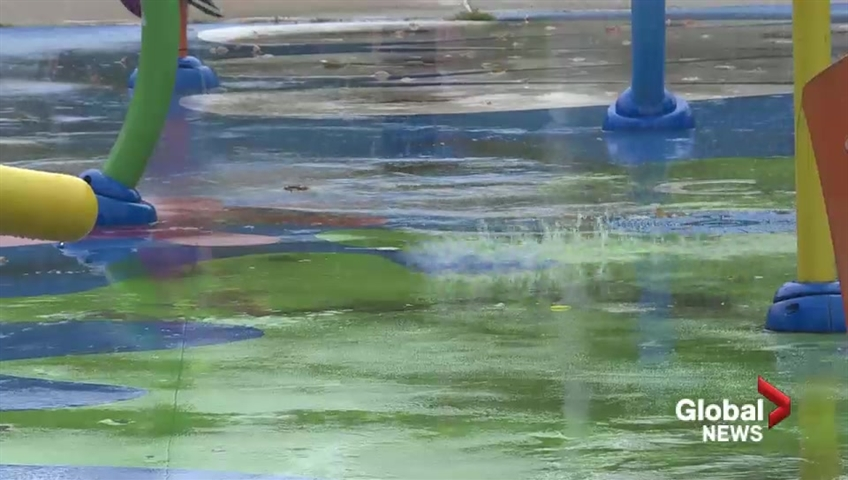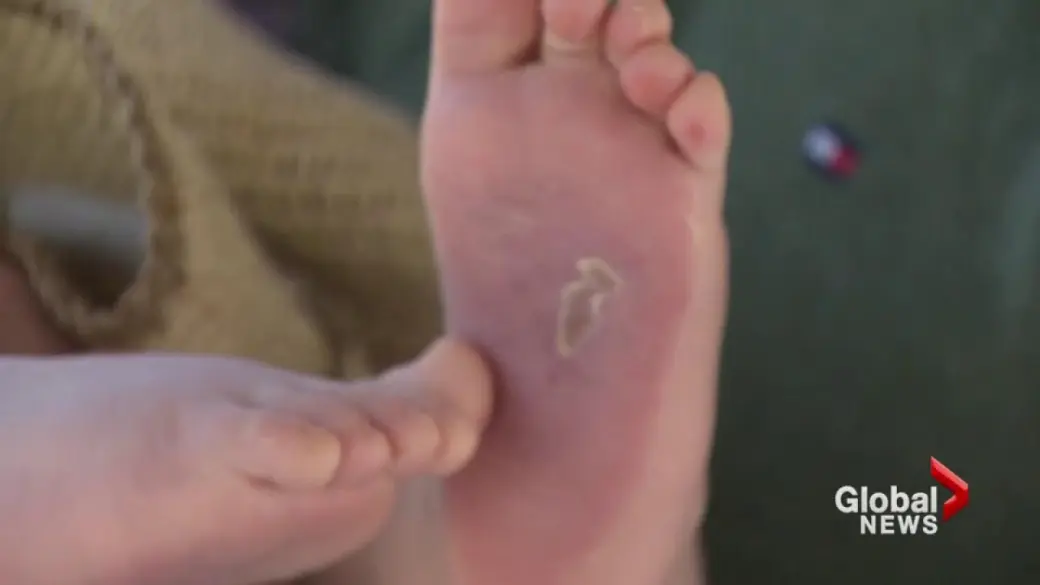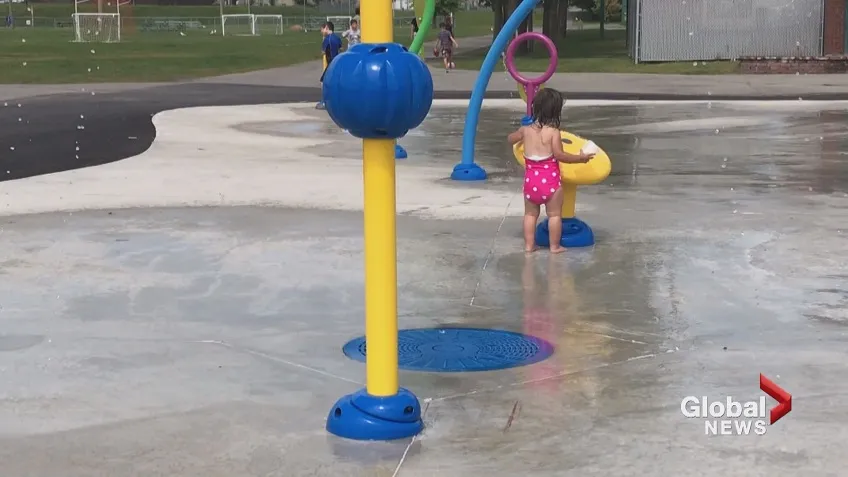

While the holiday season may bring thoughts of snow and cheer, United States health authorities have a stark reminder for the warmer months: summer splash pads can harbour serious health risks, with illnesses spread by fecal contamination from children’s diapers in the water.

The U.S. Centers for Disease Control and Prevention (CDC) released a report Tuesday on waterborne disease outbreaks linked with splash pads in the U.S. from 1997 to 2022.
During this period, more than 10,000 children and adults fell ill after visiting these recreational play areas. Among them, 152 required hospitalization and 99 sought treatment in emergency rooms. No fatalities were reported in connection with the outbreaks.
“Waterborne pathogens that cause acute gastrointestinal illness can be transmitted by ingesting water contaminated with feces from infected persons,” the CDC report said.
The main culprit behind these outbreaks was Cryptosporidium, a parasite resistant to chlorine, the primary disinfectant used in treated recreational water. The parasite can survive in chlorinated water for extended periods, making it difficult to eliminate. If ingested, it can cause acute gastrointestinal illness.
The report said Cryptosporidium caused 67 per cent of the outbreaks and resulted in 91 per cent of reported cases, 81 per cent of hospitalizations, and 21 per cent of emergency department visits.

Of the 60 splash pad-associated outbreaks, 95 per cent were reported from May to August.
The CDC said the outbreaks were often caused by feces being released from children’s diapers and contaminating the water.
“Young children also are less likely to have mastered toileting and hygiene skills, and swim diapers do not prevent fecal contamination of recreational water,” the report said. “Sitting or standing on top of water jets and wearing diapers or swim diapers are behaviors commonly observed in children playing in splash pads.”
This results in fecal matter rinsing into the water. And because of a splash pad’s design, it can increase the risk of contamination with pathogens, the CDC added.
“Because children typically ingest more recreational water than adults and have been commonly observed to place their open mouths on sprayed or jetted water, children are at increased risk for exposure to pathogens in contaminated splash pad water,” the U.S. agency said.

Splash pads are designed so that water typically does not collect in areas. Although this feature minimizes the risk of drowning, splash pads have been linked with waterborne outbreaks, the CDC said.
Water can either be recirculated or pass once through the venue plumbing.
In recirculating splash pads, after being sprayed or jetted, the water drains into a tank and is filtered and disinfected before being sprayed or jetted again. In single-pass splash pads, water circulates through the plumbing only once before draining, typically into a sewer system.
Although there is chlorine in splash pads, the CDC said it can be diluted by constant spraying and contaminated by organic matter, such as urine and feces. Some splash pads also lack a proper filtration system to remove debris and contaminants from water.
Poor maintenance and cleaning can contribute to gastrointestinal illnesses. Also, improper hygiene practices, such as not using the bathroom before entering the water or not promptly changing diapers, can further increase the risk.

Splash pads can harbour serious health risks, but the CDC stated they still promote social and health benefits by providing cooling relief from heat and reduced risk for drowning, compared to swimming pools.
Outbreaks of waterborne illnesses can happen in splash pads, but the CDC said they are preventable.
The CDC recommends children avoid swallowing splash pad water and use the bathroom before entering. Parents should also choose splash pads that appear well-maintained, with clear water.
Public officials should enforce stringent water quality standards. These include regular testing of water quality, monitoring chlorine levels and maintaining proper pH balance. Adequate filtration systems should be mandated to remove contaminants and debris, and regular inspections should be required to ensure compliance with these standards.


